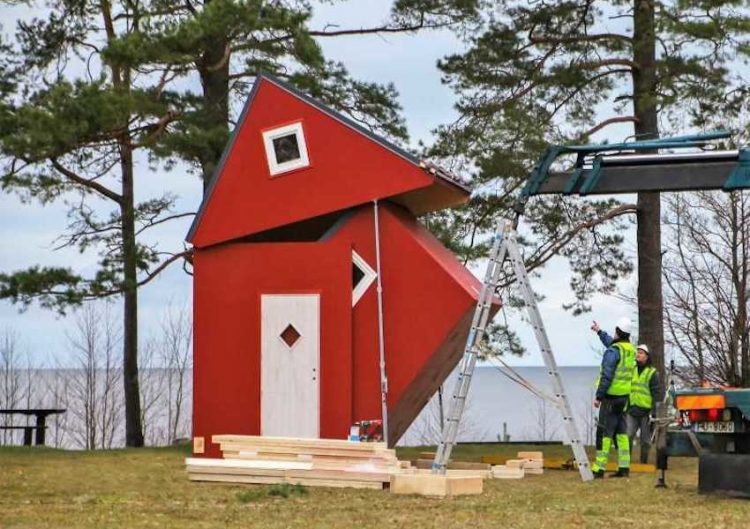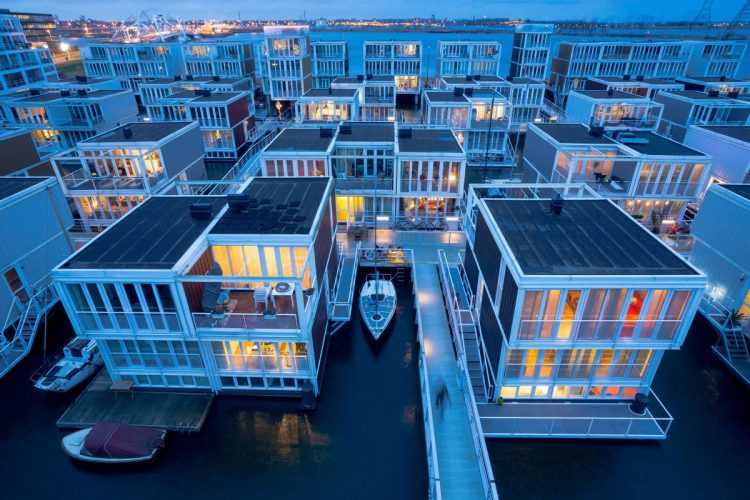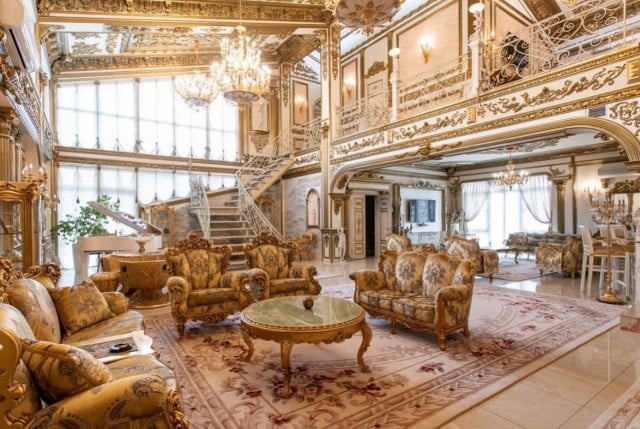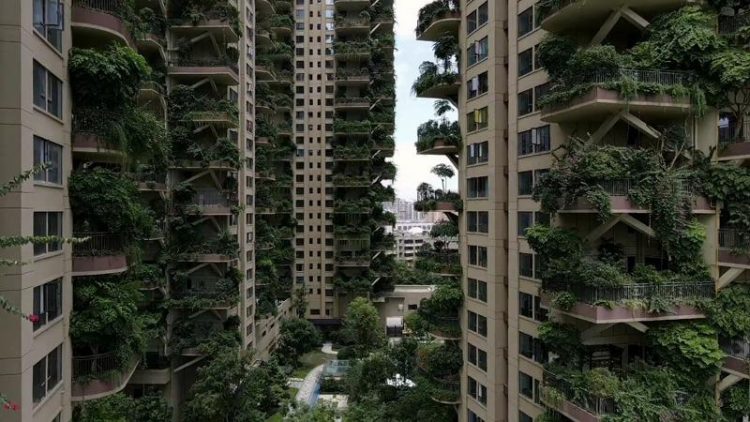A Chinese entrepreneur spent a year and only 400,000 yuan ($61,000) building himself an awesome, 600-square-foot floating home on the coast of Fujian province.
The protagonist of our story is a young entrepreneur known only by his nickname, “Coastline”, who grew up near the sea, spending most of his time fishing and taking in the beautiful sunsets of Dongshan County, a large island in the South China Sea. Coastline spent most of his free time sea fishing, and always drove his friends crazy with his praise of the sea and the carefree lifestyle of the fishermen of Dongshan. One night in 2018, while drinking with his good friend, architect Dong Xinmeng, he started talking about how great it would be to have a floating home, so he could fish and drink beer all day. One drink led to another, and by the end of the night, they had decided to make his dream a reality.





















